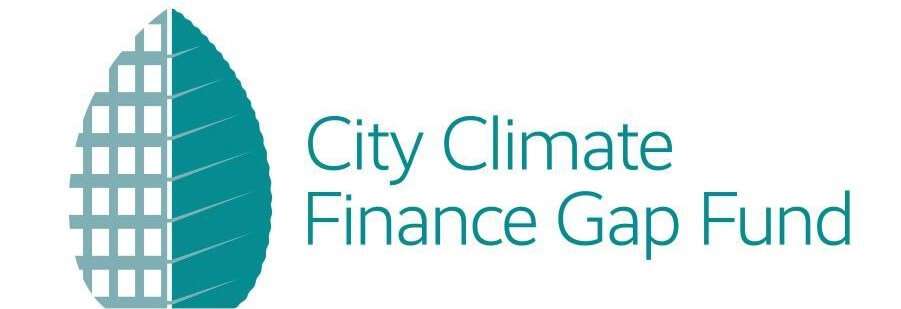
Urban Renewal Annual Meeting was successfully held in Tsinghua University
Policy for urban renewal in China has undergone significant changes since the 2000s, with the priority shifting from the speed of urbanization to the quality of urban life, the urbanization rate having risen from 10.64% in 1949 to nearly 60% in 2019. This year the







